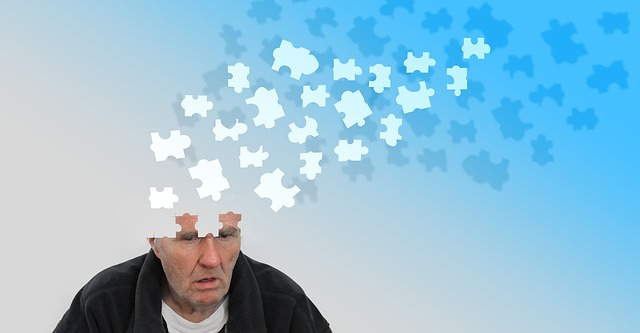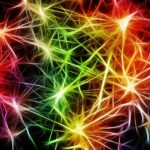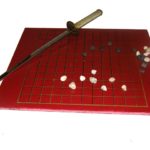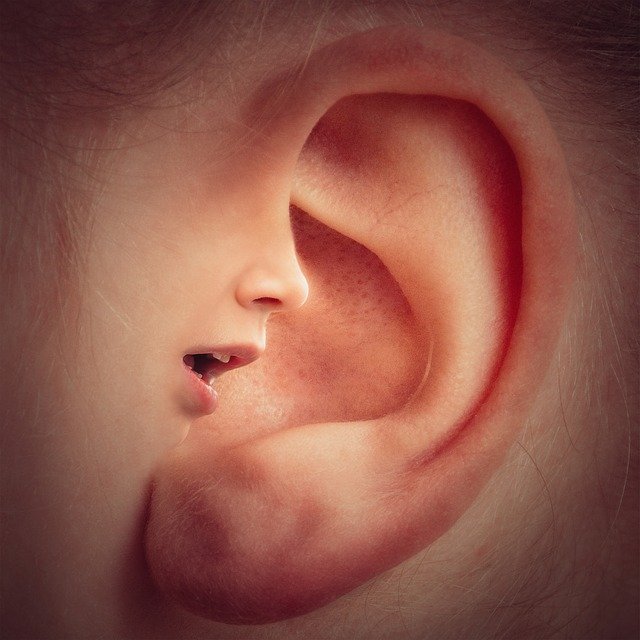Forget to learn better

Often the greatest discoveries are born on the basis of a paradox.
What if it was wise to forget in order to learn better?
 Since the beginnings of Artificial Intelligence, computer scientists have wanted to ” model ” the human brain in order to be able to reproduce it in a computer. They reproduced the structure of the brain, the neurons, the synapses, and realized that, surprisingly, this structure gave this network of neurons amazing capacities .
Since the beginnings of Artificial Intelligence, computer scientists have wanted to ” model ” the human brain in order to be able to reproduce it in a computer. They reproduced the structure of the brain, the neurons, the synapses, and realized that, surprisingly, this structure gave this network of neurons amazing capacities .
To give an example, image recognition. You can teach a neural network to distinguish emotions on the face.
Before artificial intelligence, it was necessary to explain to the computer what joy looks like. With very powerful algorithms, we tried to analyze the photo to observe, for example, whether the zygomatics are contracted or not.
You actually had to explain to the computer how to understand emotions. However, we know that while we have a natural ability to distinguish emotions on people’s faces (an ability that autistic people usually do not have), it is difficult for us to explain what details make us think that the person is angry.
Human and computer learning
 For a neural network to learn, it is given thousands of typical photos, indicating for each photo the emotion it represents. Joy, anger, sadness, … And it is the artificial brain that finds all the common characteristics by itself. Just like a child does when they learn to recognize a face.
For a neural network to learn, it is given thousands of typical photos, indicating for each photo the emotion it represents. Joy, anger, sadness, … And it is the artificial brain that finds all the common characteristics by itself. Just like a child does when they learn to recognize a face.
Each neuron will literally learn to distinguish significant features of the image. For the computer scientist watching this network learn, we are unable to understand what the neural network has determined and how it makes its choices. We just see that certain regions of this brain begin to activate, for example in the presence of anger.
But here it is, neural networks face the same bad faults as humans. If we develop a preconceived idea that, for example, someone looking away from us means that they despise us, we tend to reproduce this belief every time someone looks away from us. And every time that happens, it confirms our learning and very quickly we are in what is called a limiting belief.
 Neural networks also develop limiting beliefs . But now, while experimenting on the human brain is ethically tricky, it is possible to do whatever you want on an artificial neural network.
Neural networks also develop limiting beliefs . But now, while experimenting on the human brain is ethically tricky, it is possible to do whatever you want on an artificial neural network.
This is why today the world of psychology turns to Artificial Intelligence to see to what extent the discoveries made there are applicable to human beings .
Can you imagine what is one of the techniques par excellence to prevent a neural network from developing limiting beliefs (called overfitting in Artificial Intelligence jargon)?
Forget to better evolve
It’s a technique called Dropout , which involves regularly burning a large number of neurons in this brain, forcing it to test other ways of doing things. Rest assured, we are not burning these neurons permanently, but just temporarily. And these neurons are burnt out absolutely at random . Sometimes 10% of neurons can be burnt out, just like that, to force the brain to develop brain plasticity. You understand why as it is, it is not possible to use the Dropout on humans.
But how could we transpose this concept ?
By consistently choosing to do something differently that you’ve always done a certain way.
By doing so, we teach our brain that the greatest certainties are questionable. He is taught not to get stuck in limiting beliefs and to dare to do new things.
 It is a practice that I really like. It is certainly unsettling for those around us, but it is a fantastic tool for training and optimizing the brain.
It is a practice that I really like. It is certainly unsettling for those around us, but it is a fantastic tool for training and optimizing the brain.
Lately I’ve learned to tie my laces differently. Instead of tying a knot then a loop then a second, I learned to do it in a single gesture. I also learned to fold my T-Shirts in two movements. When I drive a car, I will often turn for no reason on a road that I have never taken.
It is all these small daily actions, which force me to do things differently , which have taught me to like change. It is thanks to this that I found a mental flexibility after a burnout which pushed me into my comfort zone to the extreme.
The regular practice of these questionings transformed my certainties , and convinced me that we can always do better. By preventing me from doing things as usual, it’s like I’m temporarily shutting down my neurons which have the competence to do this same thing. Magic, isn’t it?
In short…
I really encourage you to give it a try. But don’t just do it once to test, really make it a habit of life.
We tend to be afraid of Artificial Intelligence, thinking that it will overtake humans. Not if we learn from what it can do better than us. Not if we use tools like NLP (Neuro-Linguistic Programming) to take the necessary steps back and extract all the lessons that Artificial Intelligence has to teach us.
 When for the first time in the world a computer defeated the world champion of the game of Go, it was a slap in the face for the Asian community for whom this game is engraved in their culture. And yet, they had the right attitude , because the computer won by playing a move that human common sense would never have played. The world champion said this part will change the way humans play the game of Go.
When for the first time in the world a computer defeated the world champion of the game of Go, it was a slap in the face for the Asian community for whom this game is engraved in their culture. And yet, they had the right attitude , because the computer won by playing a move that human common sense would never have played. The world champion said this part will change the way humans play the game of Go.
So go beyond yourself ! Have fun and you will really do your brain good








Responses